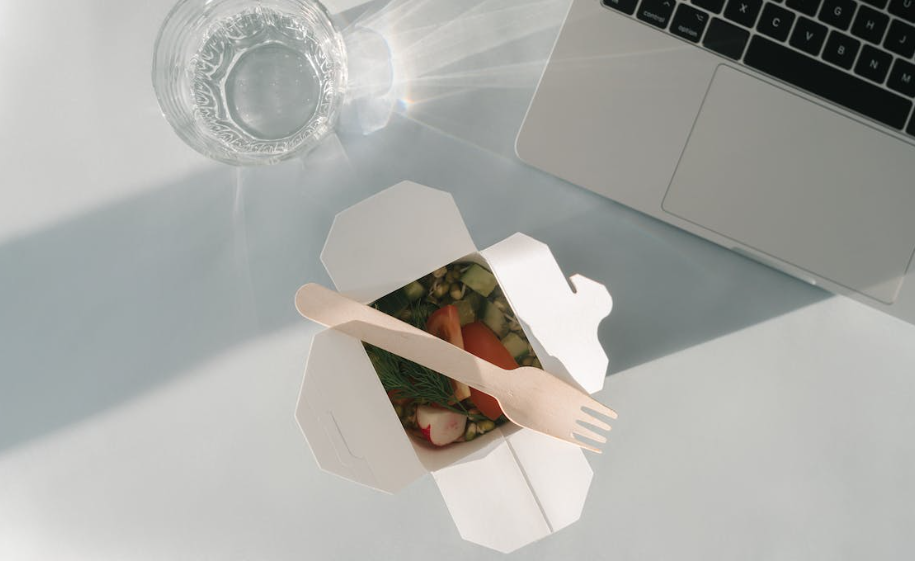
Food packaging in Australia has undergone significant transformations over the years, reflecting changes in consumer preferences, technological advancements, and environmental concerns. This article delves into the intricate world of food packaging, exploring its evolution, current trends, and future directions.
The Historical Perspective
Food packaging has always been a crucial aspect of the food industry, serving the dual purpose of preserving food quality and facilitating transportation. In Australia, the early days of food packaging were dominated by simple containers, often made from natural materials like wood and cloth. As the country industrialized, packaging evolved, with the introduction of cans, glass bottles, and cardboard boxes. This period marked a significant shift in the way food was stored and distributed, laying the foundation for modern packaging techniques.
Innovations in Material and Design
The late 20th century witnessed a surge in innovation within the food packaging sector. Plastic emerged as a popular material due to its versatility, durability, and cost-effectiveness. Australian manufacturers experimented with various forms of plastic packaging, ranging from rigid containers to flexible wrappers. However, the convenience of plastic came at an environmental cost, leading to increased awareness and demand for sustainable packaging solutions.
Sustainability: The Current Focus
Today, the focus of food packaging in Australia has shifted towards sustainability. Consumers are increasingly conscious of the environmental impact of packaging, driving demand for eco-friendly alternatives. Biodegradable materials, recyclable packaging, and minimalistic designs are now at the forefront of the industry. This shift not only reflects a change in consumer values but also aligns with global efforts to reduce waste and mitigate environmental damage.
Emerging Trends and Future Outlook
The future of food packaging in Australia is poised to be shaped by several emerging trends. Innovations like smart packaging, which uses technology to enhance user experience and food safety, are gaining traction. There’s also a growing interest in personalised packaging, which caters to individual preferences and dietary needs. As technology continues to advance, we can expect more groundbreaking developments in this field.
In the context of these dynamic changes, understanding the Australian food packaging market becomes crucial for businesses and consumers alike. This sector is not just about containing and protecting products; it’s a reflection of societal trends, technological advancements, and environmental consciousness.
A Global Perspective
While Australia is making strides in sustainable food packaging, it’s part of a larger global movement. Countries around the world are grappling with similar challenges and exploring innovative solutions. For a broader understanding of these global trends, readers can explore recent developments in sustainable packaging to gain insights into how different nations are addressing this pressing issue.
Conclusion
The journey of food packaging in Australia tells a story of innovation, adaptation, and responsibility. From simple containers to high-tech solutions, the evolution of packaging mirrors broader societal changes. As Australia continues to navigate the challenges of sustainability and technology, its packaging industry stands as a testament to the country’s ingenuity and commitment to a better future.